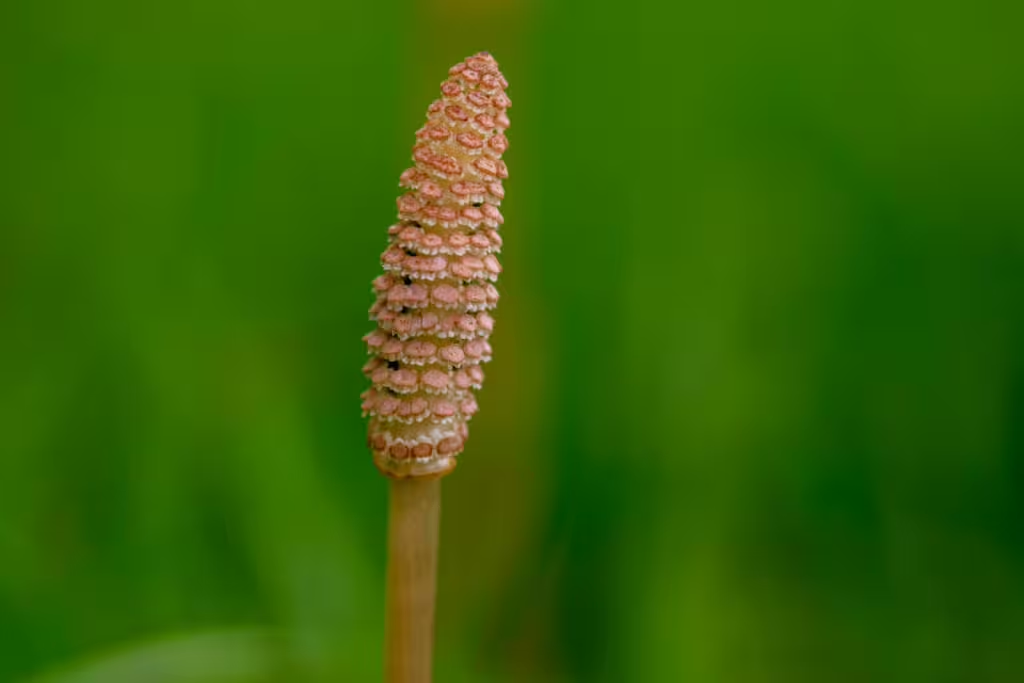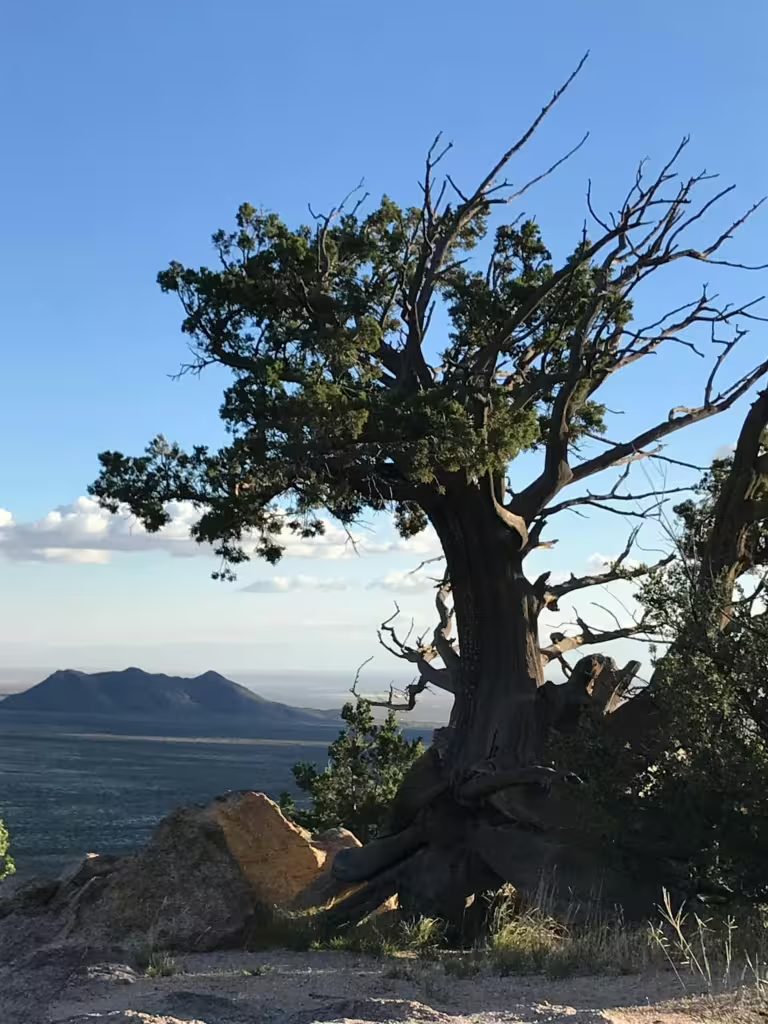For humans, time travel involves the invention fantastical machines, macguffins, or blue police boxes, but for plants, time travel is purely a matter of patience. You heard that right. While fantasy and science fiction show teach us that time travel is instantaneous and spectacular, the plants of our real world travel the time stream in a much quieter way and they take the long way round.
All allusions to “real” time travel aside, the fact remains that beneath the soil, seeds of all different kinds have found a way to reach through the eons so that they can grow in one epoch, disappear for an age, and rise again in a new a brighter future. Seeds, at their core, are essentially tiny capsules of life, and the biology of some seeds has given them the ability to lie dormant for decades, centuries, or even millennia, without expiring. These seeds, buried beneath in the earth or clinging to ancient ruins, have simply been waiting for the right moment to awaken.
In some cases, human science plays an important factor in process. Many of the dormant—presumed extinct—species that we have uncovered required the deft hand and ingenuity of human scientists to coax them back to life. In these rare cases or revival, humanity is not only witnessing the rebirth of a plant that has long-since died off on this ancient planet, we are seeing a rare glimpse into the ecosystems of the past; often the very distant past.
In this article, we will explore some real-world examples of floral resurrection. We will examine how certain dormant seeds have made their way through the past—from the biblical era, the Ice Age, and beyond—to come to be a part of our own future.

The Miracle of Dormancy
Believe it or not, plants evolved seeds so they COULD wait until the right circumstances to grow. The hard shell of a seed surrounds the embryo of a potential plant, suspended in what is essentially a sci-fi-inspired cryosleep. Now, most plant seeds are only meant to survive for a few years in this state, but some species have developed extraordinary ways to resist the passage of time. Some do it through low moisture content, slowing their metabolic rate and the rate of microbial decay. Others do it via seed coat thickness, chemical defense, or as mentioned flippantly earlier, via a sort of cold storage.
In terms of chemicals, some seeds contain antioxidant or antimicrobial compounds that resist rot and decay, while others have actual genetic adaptations. The lotus, for example, has an exceptional DNA repair mechanism, allowing the seeds to exist in a sort of static, suspended state, neither alive nor dead. Think of these as biological time capsules that hold ancient knowledge of climate, evolution, and for those that have been cultivated by mankind, culture.
The Judean Date Palm
One of the most famous time travelers of the plant world is the Judean date palm, a fruit-bearing plant that was once cultivated all over ancient Israel and the the Middle East. Despite its abundance and popularity, the Judean palm disappeared around 500 AD. Indeed, it is likely because of its popularity (exploitation) or because of the constant war in the region, that the palm finally went “extinct.”
Then in the 1960s, archaeologists excavating the ancient fortress of Masada found a 2,000 year old jar od date palm seeds. The seeds went into storage for some time after that, until 2005, when Dr. Sarah Sallon and Dr. Elaine Solowey decided to try to plant some of them; just to see what happened. Against all odds, one of the seeds germinated and thrived. The tree grew and by 2011, it even began producing pollen, though it did not produce any fruit at this point. Once more seeds had germinated, researchers were able to cross-pollinate the resultant palms to recreate a plant that had not existed in our world since the time of the Roman Empire!
The Ice Age Flower
The 2012 revival of the Ice Age Flower, otherwise known as Silene stenophylla, is no less unbeilevable than a fruit tree from Roman times. At the turn of the 21st century, Russian scientists changed history when they successfully germinated the seeds this remarkable bloom, which they had discovered in Siberia’s permafrost. It is estimated that the seeds were somewhere around 32,000 years old, making them the oldest viable seeds ever grown.
The paleontologists who found the seeds had discovered them in the primordial burrow of some prehistoric squirrel. The Ice Age rodents had done what squirrels do; buried some fruits and seeds in its burrow for safe-keeping. Over time, the uneaten seeds became sealed in frozen ground and entered a natural cryogenic sleep. Carefully, researchers from the Russian Academy of Sciences extracted the tissue and succeeded in culturing placental tissue, which eventually grew into a delicate, white-flowered campion. Using cutting edge science, these experts had recreated a relic of the Pleistocene!
Lotus Seeds
If one were to look back to Ancient China, one might see fields of beautiful lotus flowers dotted across the landscape. The lotus itself is a symbol of purity and rebirth, which is appropriate, as its eventual resurrection would prove that its reputation was much more than mere metaphor. Many years ago, a cache of sacred 1,300-year-old lotus seeds (Nelumbo nucifera) were recovered from a dried lakebed in northeastern China. Those seeds were subsequently germinated in 1995 by Dr. Shen-Miller and his colleagues at UCLA.
With a bit of know-how and scientific expertise, those seeds eventually sprouted into healthy pants. They flowered and eventually sprouted seeds of their own. Scientists wondered whether this was biology or mysticism at work, but they soon found that the lotus genetic repair mechanisms were unusually robust when compared to other plants. Essentially, the lotus is capable of maintaining genome stability over long dormant periods through a “self-healing” gene, which many believe may actually hold the key to our own species’ ability to resist the aging process. Such ideas are mere conjecture at this point, of course, but one never knows what the future holds when it comes to scientific advancement.

The Svalbard Global Seed Vault
In the sections above, we have seen several ways that nature has managed to preserve and protect seeds through the very timestream, and thanks to those examples, humans have begun to do something similar, With climate change, pollution, and many other world-threatening consequences of our own existence looming, we as a species is beginning to understand the importance of preserving nature in any way we can. To that end, humans have begun our own version of a botanical Noah’s ark.
Built in 2008 and currently located deep inside a mountain on a remote Norwegian island, the Svalbard Global Seed Vault currently holds 1.2 million seed samples from around the world. The vault itself is kept at –18°C so that the seeds within can slow their collective metabolism enough to ensure their long-term survival.
The Svalbard collection is a deliberate gathering of biological material. It is meant to act as a safeguard against war, disaster, and climate change. Also, should the entirety of global agriculture face collapse, these seeds could be the next batch of time travelers that make the journey into our future, restoring crops and teaching our descendants about the world that came before.

True Investigator Says…
As you can see, the idea of time travel is entirely feasible…if you happen to be a well-suited seed. Still, in many ways, the temporal journey of these remarkable plants is as humbling as it is inspirational. From ancient date palms to frozen flowers, these plants show us that life is resilient, adaptive, and defies imagination.
Of course, there are ethical dilemmas in the scientific revival of these “extinct” species. Some call it playing God, others worry that bringing back an unfamiliar species may affect the current ecosystem in unforeseen ways. In all cases, scientists must balance curiosity and caution in equal measure. As Dr. Ian Malcom once said, “Your scientists were so preoccupied with whether they could, they didn’t stop to think if they should.” There is wisdom in this sentiment.
For example, what if the germinated seeds from a plant no longer has natural pollinators or compatible soil microbes, will it simply die off again? We hope not, just as we hope these plants will not unnaturally affect our already pressured ecosystems. In the end, all we can do is hope that these decisions have been the right ones. We have a great opportunity to learn through these resurrections, to travel through time in our own, tangible way. But just as we learn from fictional time travel, the question remains; are we ready or responsible enough to wield such power?
Discover more from TrueInvestigator
Subscribe to get the latest posts sent to your email.

